Besides the ample opportunities to buy sheet metal and adhesive tape, there were many more interesting things to see in Hanoi, even if our time here was relatively short.
Hanoi is a capitol city with more than 1000 years of history. There are several acknowledgements and legacy projects around of the Millennial celebrations held in 2010. Although much of that 1000-year legacy involved wars of increasing intensity - with the Chinese, the Japanese, the French, and finally the Americans (who significantly increased the areal-bombing stakes). Somehow there are still significant historic buildings preserved, and evidence of the importance of the City over time. Even portions of the ancient City Wall are preserved:
The seat of the government is here, if not the seat of the nation's commerce, and Hanoi is growing at a similar pace to Ho Chi Minh City, with the population currently about 8 Million people. It is also a very young city. Based on our completely unscientific observations, the average age is about 18, and the average number of motorcycles is three per person.
Hanoi is, if anything, more crowded than the former Saigon, the streets and spaces (especially in the Old Quarter) just a little bit tighter. Like Ho Chi Minh City, there is still ample green space to soften the edges of the city and filter a bit of air. As a bonus, Hanoi also has numerous lakes. Hoan Kiem Lake is on the edge of the Old Quarter and is said to be home to the last freshwater turtle in the City: an old 300kg monster who may be the direct descendent of the legendary turtle that nicked the sword that the Emperor La Loi used to drive the Chinese out of Vietnam. The pollution in the lake has been causing the current turtle some health troubles of late, but apparently he's still in there somewhere, last of a breed.
One of the unique historical sites of Hanoi is the Hoa Lo prison, which when housing American POWs during the "American War" adopted the nick-name "Hanoi Hilton" (not to be confused with the adjacent Hanoi Melia, which is actually a hotel).
Most of Hoa Lo Prison has been demolished to make way for a new office tower development, but the portion that has been preserved is dedicated to two basic themes: the horrible conditions suffered by Vietnamese patriots and revolutionary fighters imprisoned by the French (who built the prison in 1896), and the glorious comfortable conditions enjoyed by temporarily-inconvenienced airmen during the American war.
There is no doubt about the former. The concrete dungeons were barren, the cells were overcrowded in semi-tropical climates, and all prisoners spent their days shackled to their concrete floor, except for the times they were taken forth for specific tortures. And then there is the small matter of the oft-used guillotine.
As for the latter, there are definitely many nice pictures of American airmen (including now-Senator John McCain, whose intact flight suit and helmet from the day he was shot down bringing a very specific type of freedom to the Vietnamese, are on display here) playing volleyball and basketball in the prison yard, reading letters from home, and generally having a jolly old time. The museum juxtaposes these with pictures of bombed-out villages and children injured by Agent Orange to reinforce the idea that the war was brutal, and the Americans deserved whatever they got, not that they got anything but volleyballs and mail from home, of course.
Speaking of myths and stories, we also spent an hour watching some of the traditional legends of Vietnam being portrayed by water puppets. Developed centuries ago to entertain on the flooded rice paddy, the water puppets are doll-sized hand-painted wood figurines, representing emperors and rice planters, fish, water buffalo, and dragons. Their stage is a murky knee-deep pond, that both obscures the mechanism the hidden puppeteers use to create the complex dances, and becomes the media where fishermen, rice farmers, water-spouting sea-dragons and sword-nicking turtles do their thing, all accompanied by a live band playing traditional instruments. A very entertaining, if slightly confusing, show.
Hanoi also shares with (we are discovering) much of Vietnam a unique blend of bizarre and often quite beautiful (if ad-hoc) architecture. The tall, narrow buildings are often comically so. The approach to architectural challenges often surprising. However, there are times the decorative facades and ornate detail work around wood and window are beautiful.
There is even, very occasionally, a giant neo-gothic cathedral, for no apparent reason.

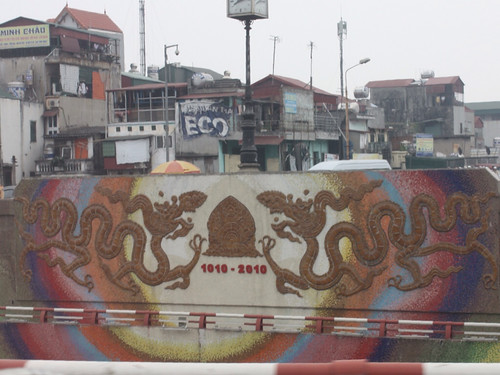
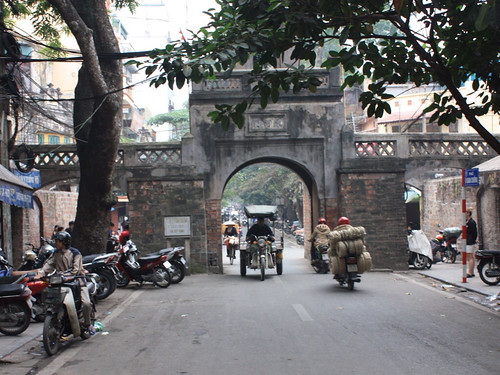
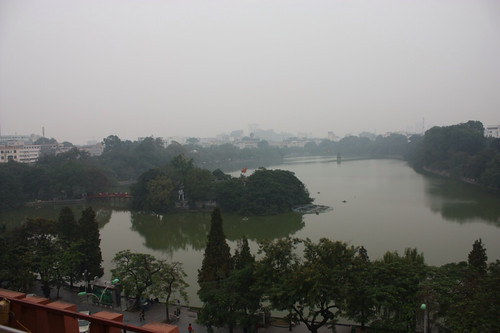
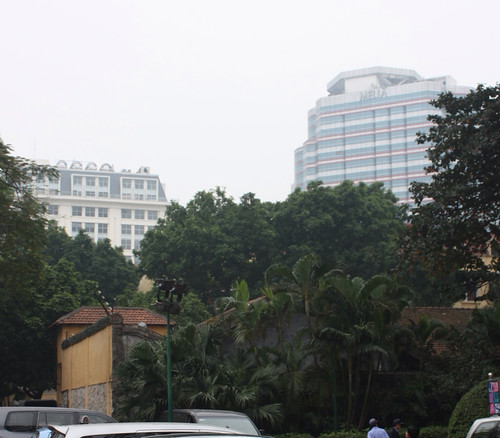
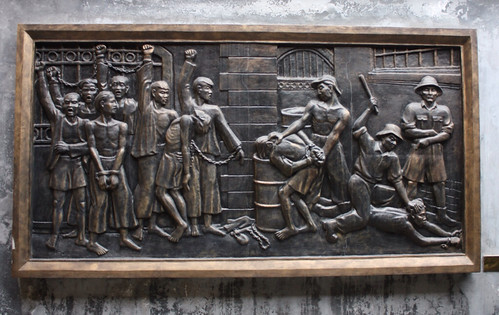

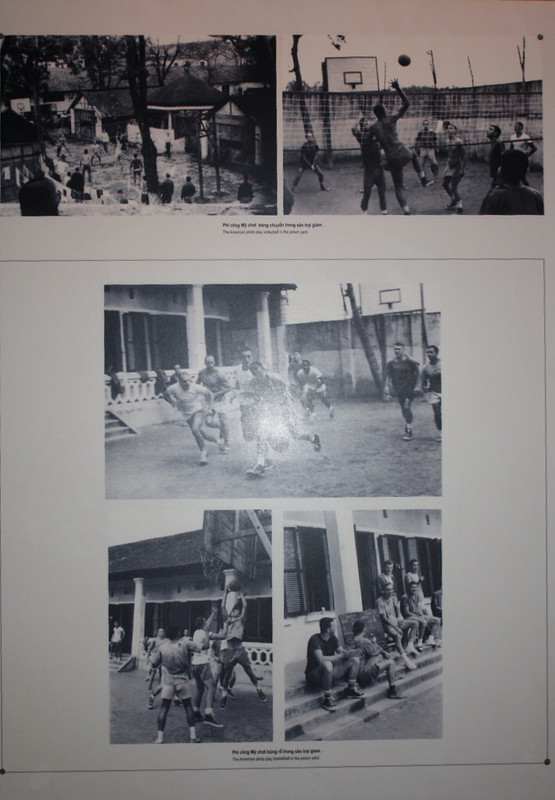
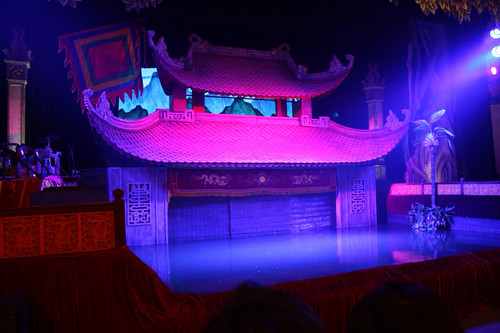


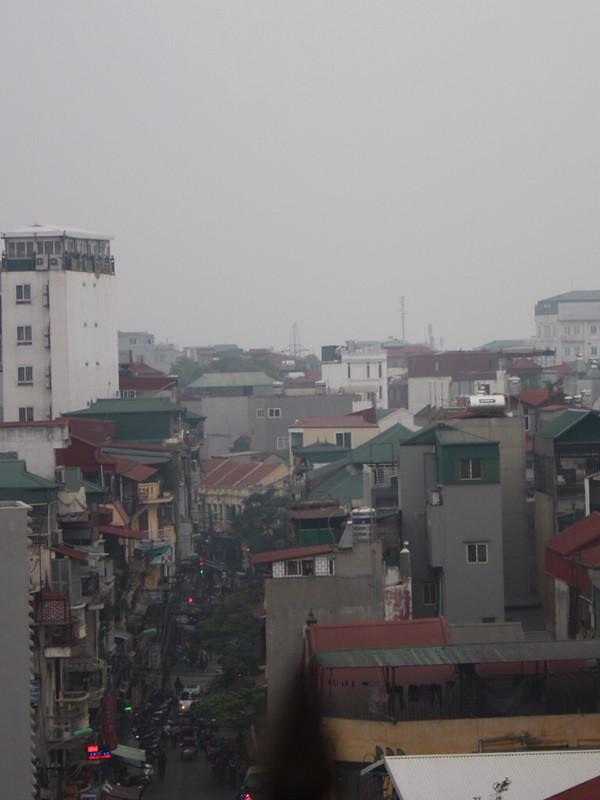
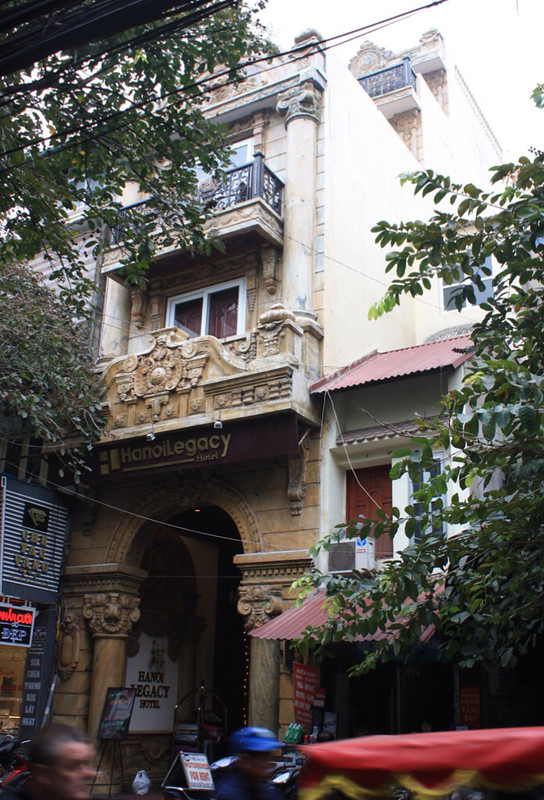
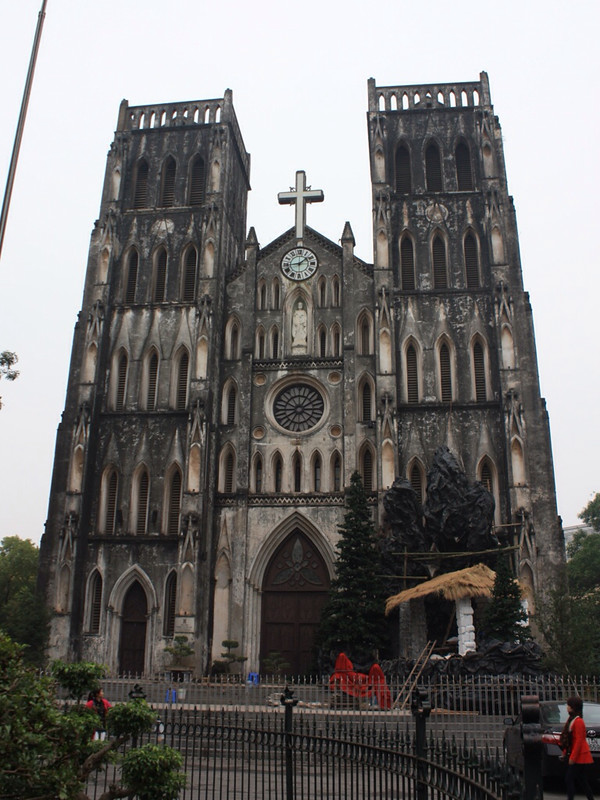
No comments:
Post a Comment